Graham Reid | | 2 min read
Song of the Wind: Santana
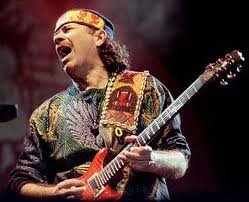
One of the dumbest questions you can ask a musician in an interview – and it was asked a lot by people writing for teen-pop magazines in the 60s – is this conversation-stopper: What's your favourite colour?
I've asked it a few times, but only when I knew the artist would get the joke. Because Carlos Santana was such an enjoyably strange character when I spoke with him a decade ago (part serious artist, part flaky post-hippie philosopher) I thought I'd throw it at him.
And he answered, very earnestly: “A rainbow”.
Riiiiight.
Santana is different. He was associated with the free love era of the late Sixties but, until 2007, had been married to the same woman for over 30 years; he believes music is a spiritual quest; and that MTV should play classical music.
Santana has a loyal following which accounts for the twentysomething albums under the band's name, but for most people his career rests on those first three studio albums: the self-titled debut in '69, Abraxas the following year and then Santana III.
Corner those and you have his signature guitar sound across classic material like Evil Ways, Soul Sacrifice, Black Magic Woman, Oye Como Va, Everybody's Everything and Jungle Strut.
Ironically the key player on all these – aside from Carlos – was vocalist, keyboard player and co-producer Greg Rolie, seen recently in Ringo's All Starr Band. His re-airing of classic Santana songs in Ringo's show reminded you just how good, and different, they were in their era. And even now.
However Santana's spiritual quest took him into some curious but interesting digressions. As a disciple of the spiritual leader Sri Chinmoy he became Devadip Carlos Santana, exchanged the casual clothes for nicely pressed white suits and hooked up with fellow devotee John McLaughlin (Mahavishnu John McLaughlin as he became) for the '73 album Love Devotion Surrender.
For most it's too much of a good thing (two stellar guitarists exercising themselves on spiritual tunes by jazz genius John Coltrane and material with titles like The Life Divine) but it has aged better than many might expect. Especially if you put aside the fact Coltrane's Love Supreme sounds like men on crystal meth rather than a deeply spiritual journey.
It is more-notes-per-second jazz rock, but Santana's focus is so much sharper than McLaughlin's pyrotechnics.
But that hardly mattered because by then – starting with his fourth album Caravanserai – Santana had drifted from his rock audience and into jazz-fusion. The man who first signed him, Clive Davis, hadn't been keen on Caravanserai (it remains one of the best in Santana's catalogue) because he couldn't hear a hit, and he was right. It's an album-listener's album.
It was Davis who dragged Santana back to his pop-rock roots with the Grammy-winning Supernatural album in '99.
By then most might have seen him as relic of the Woodstock era but -- with help from Rob Thomas of Matchbox 20, Everlast and others, and Davis' powerful leverage -- Santana was back in the sight-lines again. And on radio after a long time away.
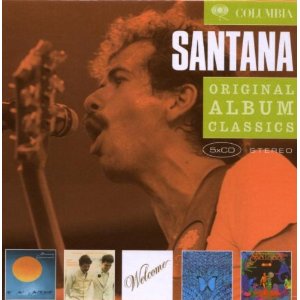 Listening to early Santana – and the
budget-priced $20 five-CD collection Original Classic Albums
which includes Seventies albums Caravanserai, the one with
McLaughlin and the funky return to form Amigos – you can
hear his unique amalgam of Latin and African rhythms, jungle-funk and
jazz, and of course that crystalline sustain of his guitar.
Listening to early Santana – and the
budget-priced $20 five-CD collection Original Classic Albums
which includes Seventies albums Caravanserai, the one with
McLaughlin and the funky return to form Amigos – you can
hear his unique amalgam of Latin and African rhythms, jungle-funk and
jazz, and of course that crystalline sustain of his guitar.
It hardly mattered that down the decades the line-up of the Santana band was in constant flux (only loyalists will know who is coming to New Zealand with him this month) because you went to hear him play that guitar and wring out improvised magic.
His sound doesn't kiss the sky like Hendrix but sends a thin shaft of white light up into the clouds, with all the brightness of a laser-powered magnesium flare.
All that fine focus from a man whose favourite colour is a rainbow?
Told you he was different.

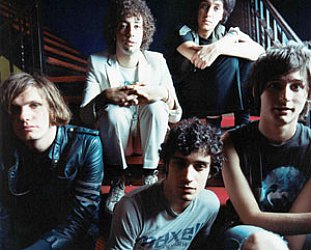
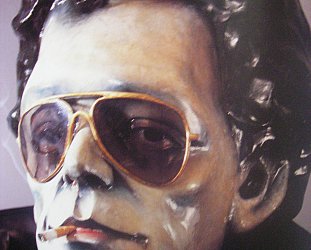

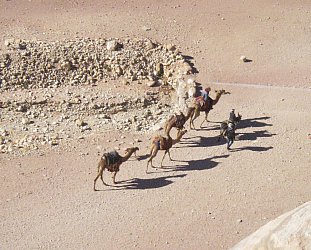
post a comment